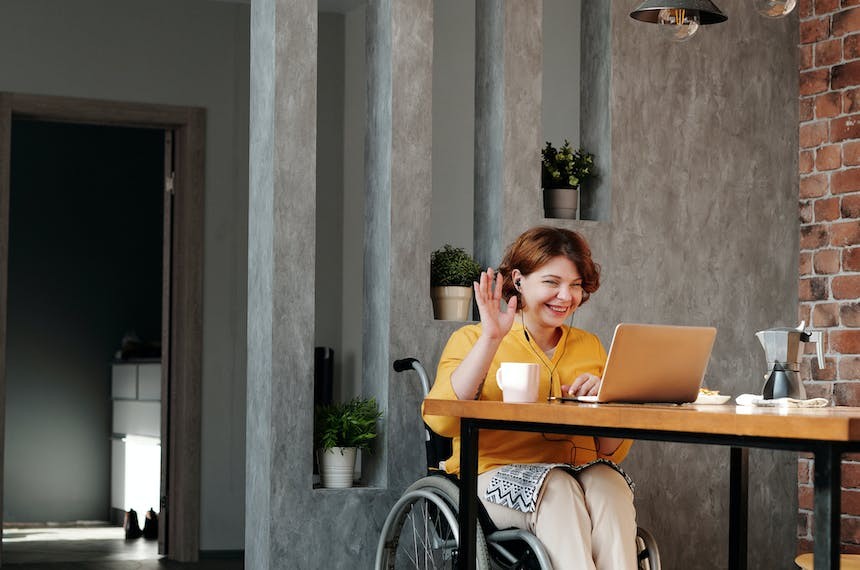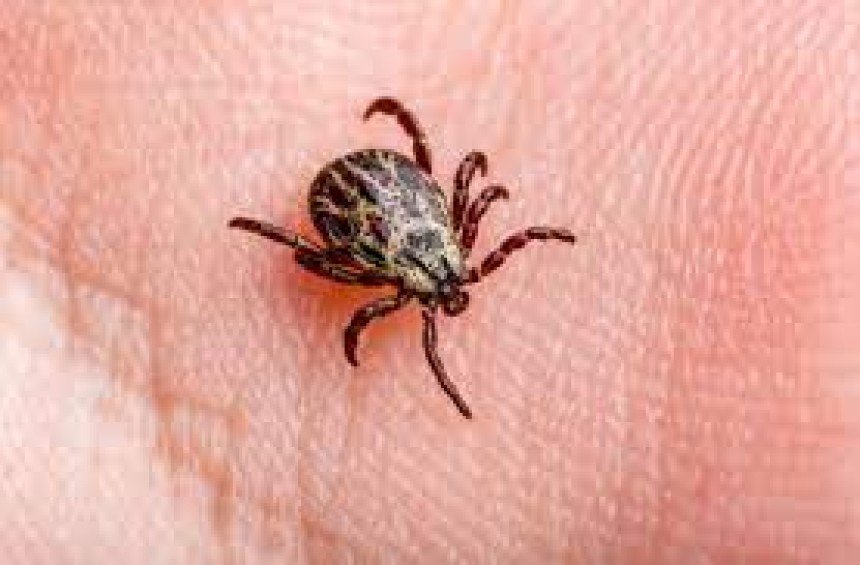
Spinal Muscular Atrophy
Spinal Muscular Atrophy (SMA) is a genetic disorder characterized by the progressive weakening and atrophy of muscles due to the degeneration of neurons in the spinal cord and lower brainstem. It presents in various forms, from prenatal onset to late adult onset, with symptoms including muscle weakness predominantly in the lower limbs, respiratory insufficiency, and normal cognitive function. Treatment for SMA involves supportive care to manage nutritional and respiratory needs, physical therapy, and potentially spinal bracing or surgery for scoliosis. Disease-modifying therapies like nusinersen and onasemnogene abeparvovec are used, alongside genetic counseling for affected individuals and their families.
Overview of Spinal Muscular Atrophy (SMA)
Spinal muscular atrophy (SMA) is characterized by the degeneration of anterior horn cells in the spinal cord and motor nuclei in the lower brainstem, leading to progressive muscle weakness and atrophy. SMA typically involves diffuse symmetric proximal muscle weakness, more pronounced in the lower limbs, with markedly decreased deep tendon reflexes. It is associated with respiratory insufficiency, but cognition remains intact. SMA is inherited in an autosomal recessive pattern.
Subtypes of SMA
SMA encompasses various subtypes: SMA type 0 (prenatal onset), SMA type 1 (infantile, severe form), SMA type 2 (intermediate form, onset between 3-15 months), SMA type 3 (juvenile form, onset between 18 months and adulthood), and SMA type 4 (late onset, onset at age ≥30 years).
Treatment Approaches
Treatment of SMA includes supportive measures, disease-modifying agents, and genetic counseling. Supportive Therapy Supportive therapy focuses on preventing complications due to weakness. Nutritional management is crucial, involving food consistency modification and possibly gastrostomy. Respiratory interventions include chest physiotherapy, manual cough assistance, airway secretion management, and respiratory support (noninvasive ventilation or tracheostomy). Physical therapy and spinal bracing (excluding SMA types 1 and 2) are beneficial, and surgical repair for scoliosis may be necessary. Disease-Modifying Therapies Nusinersen, an antisense oligonucleotide, and onasemnogene abeparvovec, a gene therapy, are key disease-modifying treatments. Nusinersen is administered intrathecally with specific dosing schedules. Onasemnogene abeparvovec, administered as a one-time IV infusion, requires pre- and post-infusion liver function monitoring and prednisolone administration. Genetic Counseling Genetic counseling is recommended for individuals with SMA and their families.
Regular Evaluations
Individuals with SMA should undergo routine assessments every six months (or more frequently for severe cases) for nutritional and respiratory status.
References
1- Prior TW, Finanger E. Spinal muscular atrophy.GeneReviews.
https://www.ncbi.nlm. nih.gov/books/NBK1352/.
2- Baumbach-Reardon L, Sacharow S, Ahearn ME. Spinal muscular atrophy, X-linked infantile. GeneReviews. www.ncbi.nlm.nih.gov/books/NBK2594/
3-Zerres K, Rudnik-Schöneborn S. 93rd ENMC international workshop: non-5q-spinal muscular atrophies (SMA) - clinical picture (6-8 April 2001, Naarden, The Netherlands). Neuromuscul Disord 2003; 13:179.
4-Mercuri E, Finkel RS, Muntoni F, Wirth B, Montes J, Main M, et al. Diagnosis and management of spinal muscular atrophy: Part 1: Recommendations for diagnosis, rehabilitation, orthopedic and nutritional care. Neuromuscul Disord NMD 2018;28:103–15. doi:10.1016/j.nmd.2017.11.005.
5- Wang CH, Finkel RS, Bertini ES, Schroth M, Simonds A, Wong B, et al. Consensus statement for standard of care in spinal muscular atrophy. J Child Neurol 2007;22:1027–49.
6-Prescribing information, SPINRAZA (nusinersen) injection, for
intrathecal use.
www.accessdata.fda.gov/drugsatfda_docs/label/2016/209531lbl.pdf
7- European Medicines Agency. First medicine for spinal muscular atrophy. http://www.ema.europa.eu/ema/index.jsp?curl=pages/news_and_events/ news/2017/04/news_detail_002735.jsp&mid=WC0b01ac058004d5c1
8- Finkel RS, Mercuri E, Meyer OH, Simonds AK, Schroth MK, Graham RJ, et al. Diagnosis and management of spinal muscular atrophy: Part 2: Pulmonary and acute care; medications, supplements and immunizations; other organ systems; and ethics. Neuromuscul Disord NMD 2018;28:197– 207.
9- Al-Zaidy SA, Kolb SJ, Lowes L, Alfano LN, Shell R, Church KR, et al. AVXS-101 (Onasemnogene Abeparvovec) for SMA1: Comparative Study with a Prospective Natural History Cohort. J Neuromuscul Dis 2019.
10-Prior TW, Professional Practice and Guidelines Committee. Carrier screening for spinal muscular atrophy. Genet Med 2008; 10:840.





